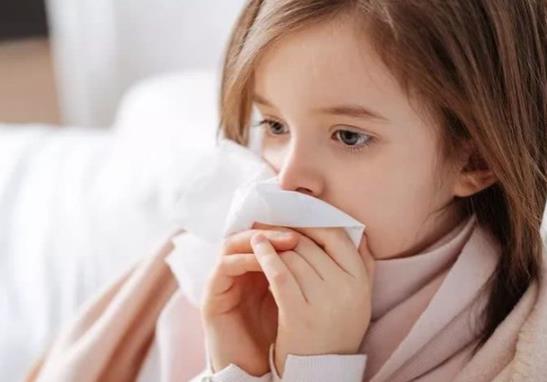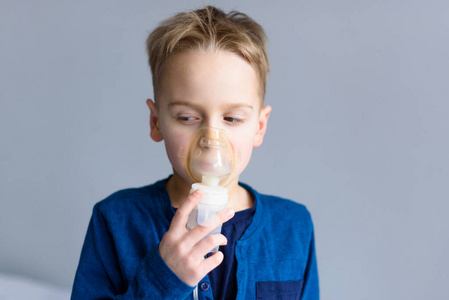Pediatric wheezing pneumonia is a common respiratory infection in clinical pediatrics. It is more common in infants and young children aged between 3 months and 4 years. The main clinical symptoms of children are coughing and wheezing [1]. At present, the main clinical treatments are β-receptor agonists, M receptor antagonists, glucocorticoids and other drugs, and the clinical treatment effect is definite [2]. In recent years, our hospital has used ventolin and pulmicort combined with nebulization inhalation to treat children with wheezing pneumonia, and the results have achieved ideal results [3]. This article compares and analyzes the clinical efficacy of conventional treatment measures and ventolin and pulmicort combined with nebulization inhalation in 70 children with wheezing pneumonia in our hospital.

1 Materials and methods
1.1 General information 70 children with wheezing pneumonia admitted to our hospital from October 2013 to December 2014 were selected as the subjects of this study. All the selected subjects were diagnosed by bilateral lung X-ray examination, and the consent of the family members of the children was obtained. At the same time, children with bronchial foreign body disease and infantile asthma were excluded. The 70 children were randomly divided into an observation group (35 cases) and a control group (35 cases). There were 24 males and 11 females in the observation group. The oldest child was 6 years old and the youngest was 6 months old, with an average age of (2.7±0.7) years old. The longest course of the children was 9 days, the shortest was 3 days, and the average was (5.5±0.3) days. There were 22 males and 13 females in the control group. The oldest patient was 5.7 years old, the youngest was 5 months old, and the average age was (2.3±0.8) years old. The longest course of the disease was 10 days, the shortest was 2 days, and the average was (5.6±0.5) days. The statistical analysis of the age, gender, and course of disease of the two groups showed that there was no statistical significance (P> 0.05), the difference was small, and the comparability was high.

1.2 Methods Both groups of children received routine comprehensive symptomatic treatment such as cough and asthma, oxygen inhalation, sputum suction, fluid infusion, and anti-infection. Children in the observation group received ventolin (trade name: salbutamol sulfate aerosol, manufacturer: produced by GlaxoSmithKline Group of Spain, national medicine standard: J20110040) and Pulmicort Respules (trade name: budesonide suspension for inhalation, manufacturer: produced by AstraZeneca Limited of Australia, national medicine standard: H20090902) atomization inhalation treatment on the basis of conventional comprehensive symptomatic treatment. 2mL of Pulmicort Respules and 0.25mL of ventolin were injected into the micro-atomizer pump at the same time for micro-net atomizer inhalation. The inhalation lasted for 7-15min, twice a day, and the continuous treatment lasted for 4-7d as a course of treatment.
1.3 Observation indicators The disappearance time of the main clinical symptoms such as cough, wheezing, moist rales, wheezing, and hospitalization time of the two groups of patients were observed and counted, and the incidence of adverse reactions of the two groups of patients should be counted.
1.4 Statistical analysis SPSS 20.0 data processing software was used to process the two groups of relevant data. The measurement data were expressed as (x±s), and the counting data were expressed as %. The t-test was used to test the difference between the two groups. P<0.05 indicated that the difference between the two groups was statistically significant.